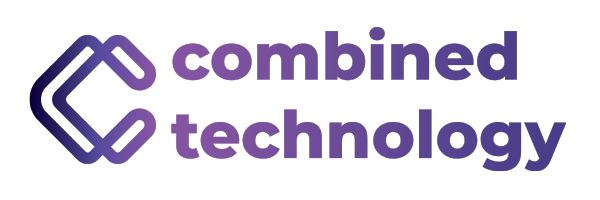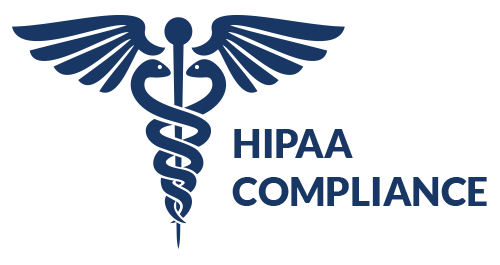In today’s fast-paced digital environment, businesses are under constant pressure to innovate, scale, and operate more efficiently. One technology concept helping organizations meet these demands is IT orchestration. While often confused with automation, orchestration takes things a step further by coordinating complex processes across multiple systems. This article explores what IT orchestration is, how it differs from automation, and the measurable impact it can have on business operations.
What Is IT Orchestration?
IT orchestration is the process of automating and coordinating multiple IT tasks, systems, or workflows into a unified process. Unlike basic automation, which handles individual tasks, orchestration focuses on the bigger picture, streamlining end-to-end processes that involve multiple components across infrastructure, applications, and services.
Think of orchestration as the conductor of a symphony. While each instrument (automation task) plays its own part, the orchestrator ensures everything plays in harmony to deliver a consistent and efficient performance.
Ready to Simplify and Scale Your IT Operations?
Orchestration can take your business from manual bottlenecks to streamlined, automated workflows. Whether you’re just starting or looking to improve existing systems, our team at Combined Technology is here to help.
Contact us today for a free consultation and discover how IT orchestration can drive smarter operations.
IT Orchestration vs. IT Automation: What’s the Difference?
Although often used interchangeably, orchestration and automation serve different purposes:
- Automation performs repetitive tasks like spinning up virtual machines or creating user accounts.
- Orchestration connects multiple automated tasks across systems to execute a full process, such as provisioning an environment, configuring security, deploying code, and sending a notification all in one seamless workflow.
In short, automation is a building block, while orchestration is the blueprint and workflow that ties everything together.
Key Components of IT Orchestration
- Workflow Engine – Defines the sequence and logic of actions.
- Event Triggers – Initiate workflows based on real-time events.
- API Integrations – Allow communication between systems and tools.
- Monitoring & Reporting Tools – Provide visibility and metrics.
- Error Handling & Logging – Automatically manage exceptions and keep audit trails.
How IT Orchestration Enhances Business Operations
IT orchestration offers tangible benefits that can transform business operations:
- Operational Efficiency: Reduce manual interventions, cut down deployment times, and streamline resource management.
- Improved Accuracy: Minimize human error through consistent, rule-based execution.
- Scalability: Automate complex workflows that grow with your business.
- Faster Time-to-Market: Accelerate product and service delivery through coordinated IT processes.
- Cost Savings: Free up IT teams to focus on strategic initiatives instead of routine maintenance.
Use Cases and Real-World Examples
- Cloud Resource Management: Automatically provision and decommission resources based on usage.
- DevOps CI/CD Pipelines: Orchestrate code testing, integration, and deployment.
- Incident Response: Trigger automated diagnostics and alert workflows when anomalies occur.
- Service Delivery: Streamline onboarding, access provisioning, and compliance checks for new hires.
50% of enterprises are expected to have developed AI orchestration platforms by 2025, a significant increase from less than 10% in 2020.
Source: Gartner via Advanced Systems Concepts
Common Tools for IT Orchestration
Several platforms and frameworks help businesses implement orchestration, including:
- Ansible (by Red Hat) – Agentless automation with YAML-based playbooks.
- Puppet – Declarative configuration management and orchestration.
- Kubernetes – Container orchestration for scaling and managing applications.
- ServiceNow – Enterprise-level orchestration across ITSM processes.
- Terraform – Infrastructure as code orchestration for cloud provisioning.
Challenges and Considerations
Implementing IT orchestration isn’t without hurdles. Businesses should consider:
- Integration complexity with legacy systems.
- Security and access control across interconnected systems.
- Change management for teams adapting to new workflows.
- Monitoring and governance to ensure orchestration aligns with business goals.
Getting Started: Best Practices for Implementing IT Orchestration
- Define Clear Objectives – Know what processes you’re trying to streamline.
- Map Out Workflows – Visualize and document your processes before automating.
- Start Small – Begin with low-risk, high-reward workflows to demonstrate ROI.
- Involve Stakeholders Early – Cross-functional collaboration is key.
- Measure and Iterate – Use metrics to optimize and evolve your orchestration strategy.
Linking IT Orchestration to Broader Digital Transformation
IT orchestration is a critical enabler of digital transformation. By unifying and automating complex processes, businesses can drive agility, innovation, and resilience. To explore how orchestration fits into a larger transformation strategy, check out our Digital Transformation Services.
Conclusion
As companies race to digitize operations, IT orchestration has emerged as a strategic differentiator. By managing the complexity of modern IT environments, it empowers businesses to operate more efficiently, reduce costs, and adapt quickly to change.
Looking to implement IT orchestration in your organization? Contact our team to learn how we can help design and deploy an orchestration strategy tailored to your goals.
Get in Touch with Us

Safeguard Your Business with Tulsa's Top Managed IT Provider
At Combined Technology, we provide a flexible, tailored approach to meet your evolving IT needs. Safeguard your business against emerging threats with our expert-managed IT services and customized cybersecurity solutions.





